 While Covid variants continue to be front-of-mind for restaurant operators, it can be easy to forget about the other seasonal illnesses that can impact a restaurant, particularly norovirus (which, although it can strike at any time of year, is known as the “winter vomiting bug” for a reason). Norovirus causes more foodborne illnesses than all bacterial pathogens combined. You can prevent its spread in your restaurant by having a food safety plan that considers your entire facility, including restrooms, your dining room and supply areas in addition to your kitchen. Reinforce with employees the need to wash hands even more frequently than usual with soap and water, and keep stations well stocked with soap and paper towels. Conduct training with staff on cleaning and sanitizing surfaces, including the proper solutions to use, as well as the amounts, applications and schedule of use. Finally, schedule frequent restroom cleanings and give staff a refresher on what procedures must be used when cleaning up after someone has been ill in your facility. 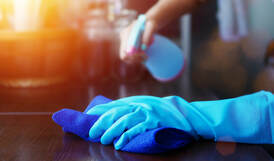 Cleaning was once something restaurant employees tried to keep hidden behind the scenes. But now, your guests take comfort in knowing what you do to keep your facility clean and limit the spread of illness. What’s more, they are more likely to be watching what your team does to maintain safety between guests and during the course of a busy shift. Make your cleaning procedures a continuous part of your training and empower employees to take responsibility for safety within your business, knowing they have your backing. Wherever possible, employ digital tools to keep track of cleaning tasks that might be overlooked during a busy period and to provide regular alerts to staff about tasks that need to be completed. 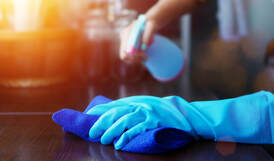 Cleaning tools such as sponges and wiping cloths can become contaminated with bacterial pathogens and harbor these contaminants for more than two weeks, according to a recent study by researchers at the Hilton College of Hotel and Restaurant Management at the University of Houston. The researchers found that E. coli, Salmonella and S. aureus survived for up to 16 days in sponges and 13 days on microfiber towels washed in sterile water – and that sanitizing solution is ineffective at sterilizing these tools after four hours. Are you replacing sanitizing solution frequently enough in your kitchen? 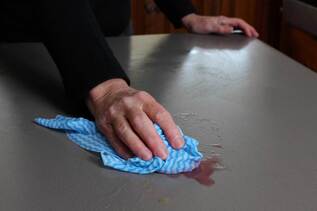 If you’re having problems with food safety and contamination, could your sanitizer be to blame? While microorganisms may develop resistance to sanitizer, but chances are better that your challenges are due to other issues around your facility. According to a Food Safety Magazine report, it’s more important to focus on following each step of the cleaning process, addressing problems with poorly designed equipment with crevices that can harbor microorganisms, applying your sanitizer over the entire surface, and being aware of biofilms that can form on surfaces and encase a microorganism (and require a different kind of treatment). 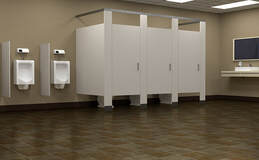 Even before the pandemic, restaurant guests would make assumptions about the state of the restrooms and what they might indicate about the restaurant’s commitment to food health and safety. Now that guests are all the more aware of cleaning and sanitation practices, as well as the ways in which viruses can spread, it’s important that your restaurant presents you well. If your restaurant has high-traffic periods, make sure you have larger dispensers that help ensure you won’t get caught short on soap and hand towels. Replace air dryers. Finally, develop a clear checklist of maintenance tasks and have your staff check restrooms at regular intervals. As restaurants welcome guests back into their dining rooms, operators are likely to have to stretch to accommodate the demand, making it easier for safety to fall through the cracks. Using digital checklists can help you uphold your safety standards and avoid a pile-up of risks throughout a shift. If your servers are using tablets to take orders, add a digital food safety app that provides a quick, easy-to-reference rundown of the cleaning and sanitation tasks that need to be done between guests – such as wiping down tables, chairs and any tabletop items.
While more frequent handwashing and use of alcohol-based sanitizers may be keeping bacteria at bay in your restaurant, they may also wreak havoc on skin during the winter months. Dry, cracked, itchy, flaky or even bleeding skin can result – and increase the risk of infection. While washing with lukewarm water and using moisturizers can help, the use of ointments or creams isn’t practical when preparing food. Encourage your staff to take extra care of their skin when they are away from work. The American Academy of Dermatology Association advises moisturizing immediately after washing hands and using a squeezable, fragrance-free, mineral oil- or petrolatum-based cream or ointment. Doing so is especially important after applying alcohol-based sanitizers, which can be more drying for skin.
Cleaning, sanitizing and disinfecting have taken on new importance in restaurants – and have even become a selling point in the past year. At a time when we’re battling the spread of not only COVID-19 but also seasonal viruses, make sure your team isn’t cutting corners on keeping your restaurant safe. The National Restaurant Association advises restaurants take a five-step approach: First, remove any crumbs and spills with an absorbent, disposable towel or cloth. Then, with a new disposable wipe, use a surface-safe cleaning solution to dissolve any residue. Next, rinse the surface with water (the presence of leftover cleaning chemicals will prevent the sanitizer from working). Sanitizing is the critical next step in preventing the spread of bacteria and viruses – and restaurants often use a quaternary- or chlorine-based sanitizer for the job, along with a foodservice wipe (using a disposable one will prolong the life of the solution). Finally, allow time for air drying. Sanitizers generally need 60 seconds of contact to kill germs on the surface. Allowing a few extra seconds of drying time can make a difference to your safety. Knowing how often to clean and sanitize is important too: StateFoodSafety.com advises cleaning and sanitizing equipment and food contact surfaces after handling meat, after changing the food being prepared, after four hours of constant use and after taking a break.
|
subscribe to our newsletterArchives
April 2024
Categories
All
|
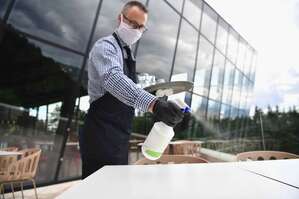
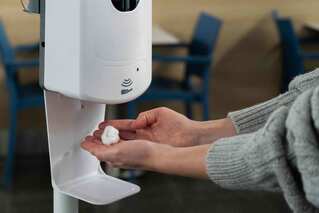
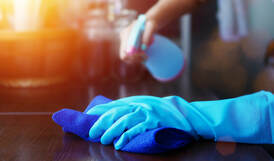
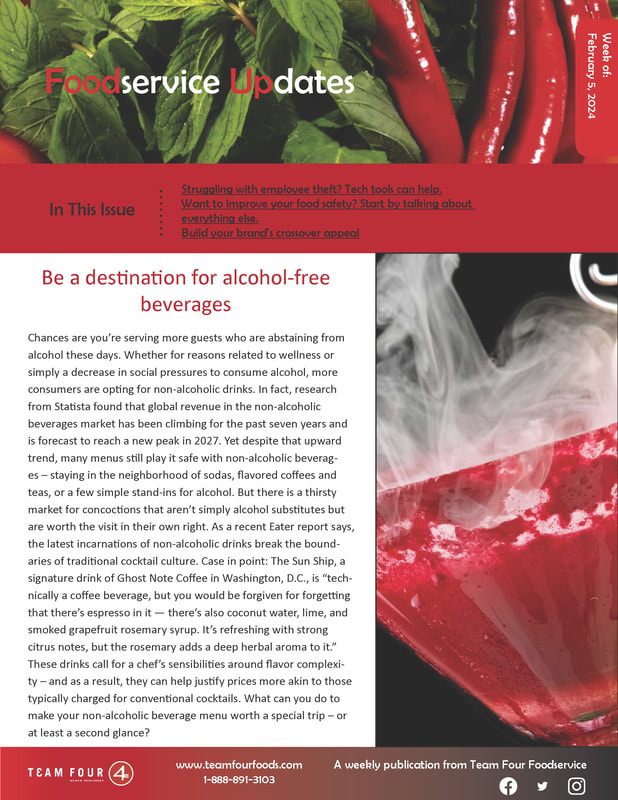
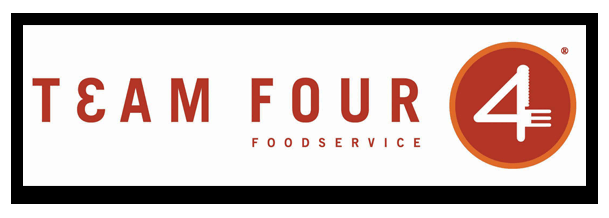

 RSS Feed
RSS Feed